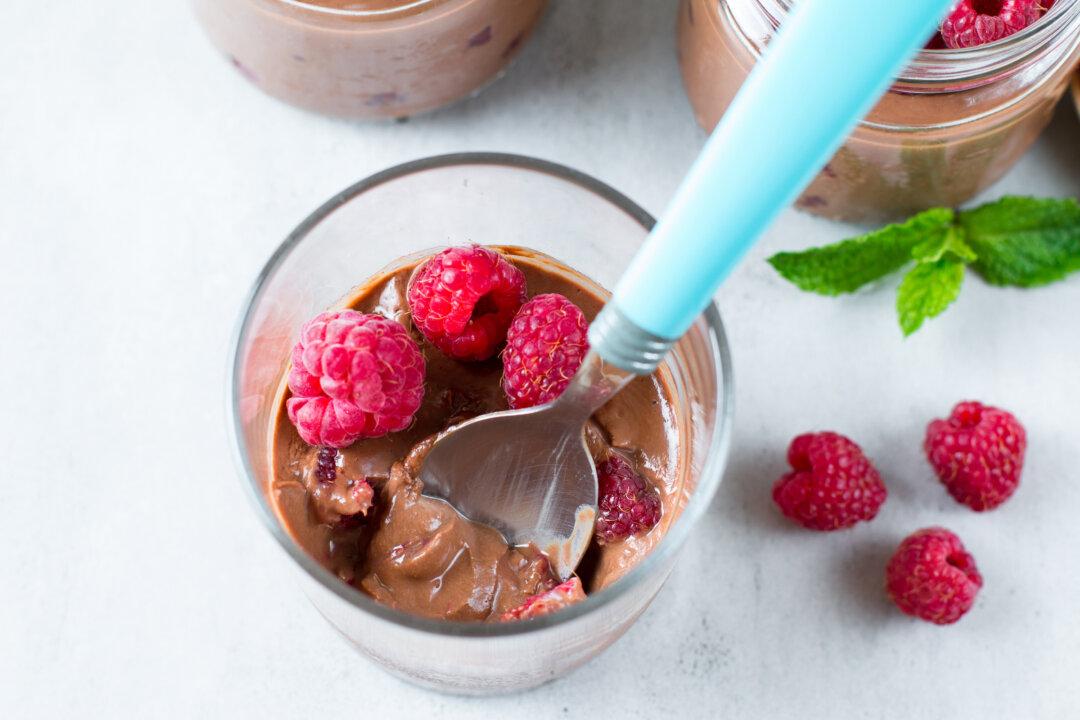Your mother was right: It’s important to chew your food thoroughly before swallowing it.
Chewing is the first step in digestion. It breaks food into smaller particles, which increases the surface area so that digestive enzymes can more readily extract nutrients from it.
If we rush through our meals, we don’t get the full phytochemical benefit of the foods we’re eating. Slowing down and chewing thoroughly allow us to absorb more nutrients, help us to maintain a healthy weight, and even bring dental health benefits.
Phytochemical Benefits of Chewing Thoroughly
The carotenoids in raw carrots are made more accessible when the plant cell walls are ruptured by chewing thoroughly. Carotenoids are embedded in the matrix of the food, and the structure needs to be broken down to allow the digestive system to extract and absorb them.Glucosinolates in cruciferous vegetables (including cauliflower, collards, and bok choy) are converted by the enzyme myrosinase into breakdown products including indole-3-carbinol and isothiocyanates (ITCs), which are compounds with beneficial anti-cancer activity.
The extent of formation of ITCs depends on a number of factors, such as the food’s glucosinolate content, temperature, pH, the presence of vitamin C (which accelerates the production of ITCs), and, importantly, how much the food is broken down by chopping, crushing, or chewing.
Glucosinolates and myrosinase are physically separated in the intact vegetable, and damage to the cellular structure is necessary to bring them into contact and start the chemical reaction. Heat inactivates myrosinase, and also degrades vitamin C, which slows or stops the reaction.
To maximize the health benefits, cruciferous vegetables should be eaten raw or chopped finely before cooking.
Similarly, onions, garlic, leeks, scallions, and shallots contain an enzyme called alliinase that is damaged by heat and physically separated from the sulfur compounds it metabolizes. Physically disrupting the plant cell structure by chopping or chewing well starts the chemical reaction that produces allicin and other beneficial compounds with antioxidant, anti-inflammatory, and anti-cancer effects.
Chewing thoroughly also enhances the conversion of dietary nitrate to nitric oxide by oral bacteria on the surface of the tongue. The body needs nitric oxide for a variety of functions, including cell signaling and blood pressure regulation.
Green vegetables are the richest sources of nitrate, and the production of nitric oxide by oral bacteria increases when we chew more thoroughly. Note that this process only occurs in the presence of oral bacteria.
Chewing and Body Weight
In addition to extracting more phytochemicals from vegetables, studies suggest that chewing thoroughly and eating more slowly help to maintain a healthy weight. Observational studies have found that participants who reported eating more slowly had lower body weight or gained less weight over time, compared to faster eaters. In another study, a greater number of chews and longer chewing time were associated with lower body mass index.Chewing more thoroughly may promote a healthy weight by affecting hunger and satiety signals, which could reduce caloric intake in the current meal, and delay or reduce caloric intake in the next meal.
A meta-analysis of studies on chewing time found that participants reported feeling lower levels of hunger after a meal of longer versus shorter chewing time. Several studies also have found that prolonged chewing reduced intake of calories either at that meal or the next meal.
For example, one study had participants eat as much as they liked of a meal while chewing either 15 or 50 chews per bite. Those who chewed 50 times per bite consumed fewer calories. A similar study comparing 15 and 40 chews had similar results. A smaller bite size is also linked to lower food intake.
Better Chewing Protects Our Teeth
Chewing thoroughly stimulates more saliva production, which is a key factor in preventing dental erosion and dental caries (cavities). First, the extra saliva helps to remove small food particles and sugars from the teeth. Increasing saliva production helps to restore proper pH in the mouth after a meal by diluting and buffering acid; an acidic environment promotes erosion of tooth enamel. Plus, saliva contains minerals, specifically calcium and phosphate, which help to remineralize teeth.Take Action
- Chew food to a liquid consistency before swallowing
- Take smaller bites, and don’t overfill your fork or spoon
- Slow down by putting your fork or spoon down between bites
- Avoid distractions, such as watching television, during meals






